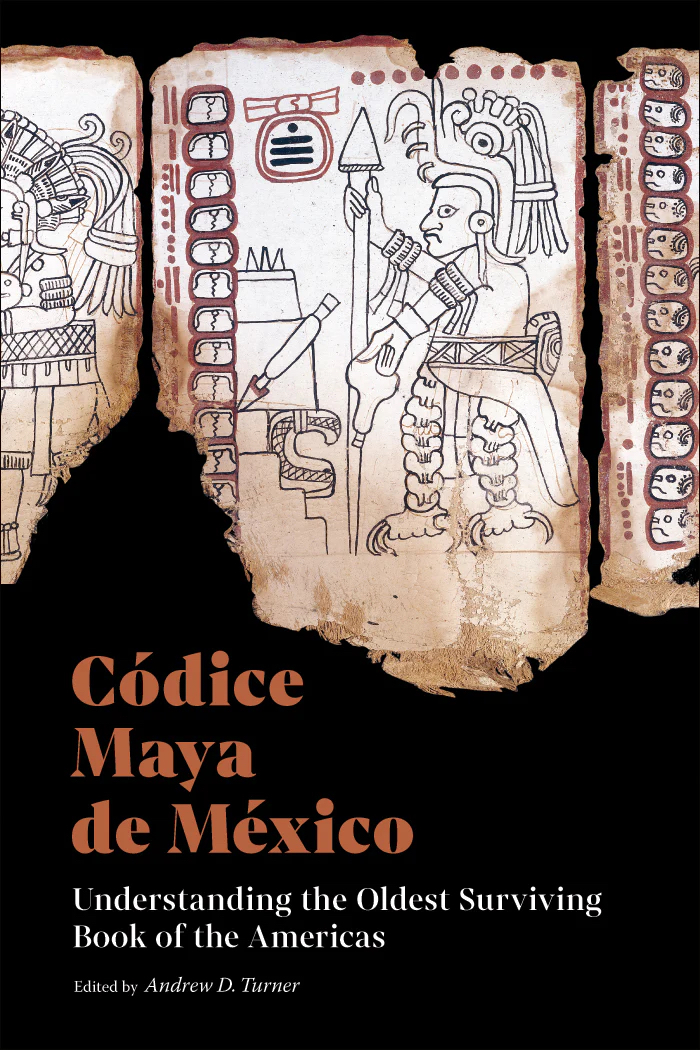


Around 900 years ago, a Maya scribe made Códice Maya de México, a sacred book that tracked and predicted the movements of the planet Venus. Today it is the oldest book of the Americas, one of only four surviving Maya manuscripts that predate the arrival of Europeans. A remarkable testament to the complexity of Indigenous astronomy, Códice Maya de México is on display in the US for the first time in 50 years.
This exhibition is presented in English and Spanish. Esta exhibición se presenta en inglés y en español.
Generous support from the Leonetti/O’Connell Family Foundation
In collaboration with Instituto Nacional de Antropología e Historia and Biblioteca Nacional de Antropología e Historia, Mexico City

Events
{{event.eventWeekdayShortString.$t}}
{{event.eventMonthDayShortString.$t}}
{{event.eventYearShortString.$t}}
{{event.calendarInfo.calendar.calendarName.$t}}
{{event.shortTitle.$t}}{{event.eventTimeString.$t}}
Exhibition Resources
Discover more about the works featured in the exhibition.
Exhibition Brochure
Gallery Text
The wall text in this exhibition is available in written and audio form in the following Mayan languages: K’iche’, Mam, and Peninsular Maya (Yucatec).
Video
Making Amate Paper
Learn how the ancient Maya made amate paper from the bark of fig trees…and how it’s still done today.
Video includes subtitles/closed captions in English and Spanish.
